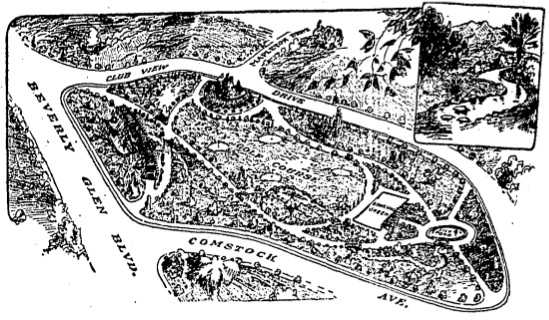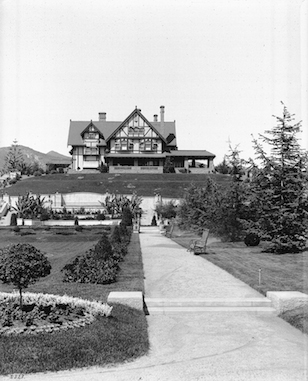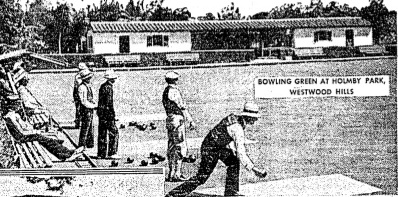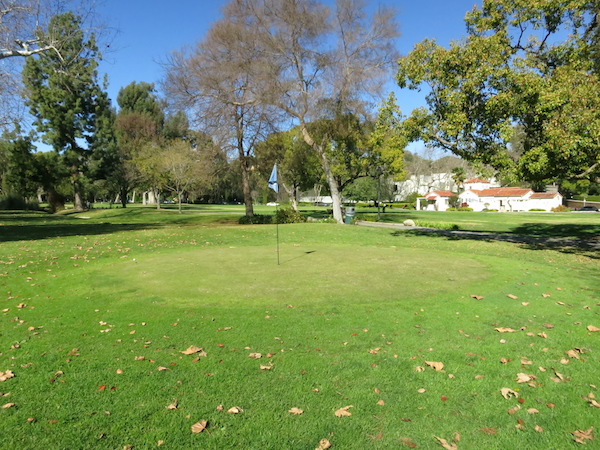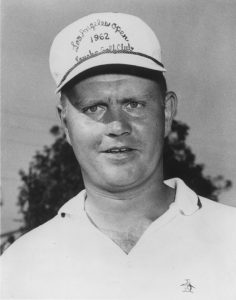
Jack Nicklaus was 21 years old when he played in his first golf tournament as a professional, on January 4, 1962, at the season opening Los Angeles Open at Rancho Park golf course in west Los Angeles.
The 1949 William Johnson and William P. Bell Rancho golf course was designed as a championship tournament layout from the start, with ample spectator paths, viewing mounds, and parking, but with an inadequate clubhouse (left open to the public on tournament days), and very poor practice facilities.
Never the less, Rancho hosted the L.A. Open 18 times between 1956 and 1983. Rancho also hosted the Los Angeles City Championship, USGA, LPGA, Senior PGA, SCGA & PLGA). Arnold Palmer won all three of his L.A. Opens at Rancho.
Nicklaus, always a golf record and trophy hunter, who thought the oldest professional tournament on tour should be “classier”, wanted a change from it’s “Muny” location and a return to Riviera Country Club, where Hogan had won the U.S. Open in 1948, as well as the L.A. Open in 1947 and 1948.
Jack made the cut in his debut, but ended up with a 289 in a three way tie for $100 last place, with Billy Maxwell and Don Massengale. His cheque was for $33.33. He took a 9 on Arnie Palmer’s infamous par five 9th (#18), by hitting two shots out of bounds, during the pro-am.
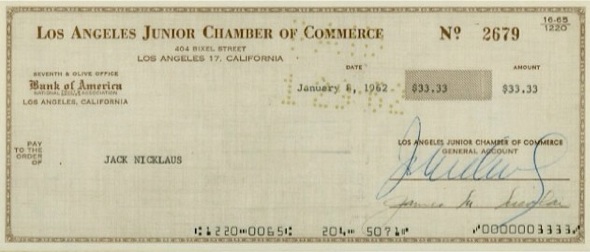 Twenty three year old Phil Rodgers won the 1962 tournament with a 67-71-68-62 – 268, nine shots in front of the field, and a record low for the L.A. Open’s played at Rancho. (Lanny Wadkins 264 at Riviera in 1985 is the record low for all L.A. Open’s)
Twenty three year old Phil Rodgers won the 1962 tournament with a 67-71-68-62 – 268, nine shots in front of the field, and a record low for the L.A. Open’s played at Rancho. (Lanny Wadkins 264 at Riviera in 1985 is the record low for all L.A. Open’s)
1962 also marked the year that the Rancho Golf Course was renamed the Rancho Park Golf Course after successful lobbying of the Recreation and Parks Commission by the Rancho Park Chamber of Commerce.
In 1967 Jack came to Rancho after winning the Crosby at Pebble Beach, fighting a hook. He aimed right to compensate, but mostly mostly ended up in the trees.
Jack Nicklaus’ record in the Los Angeles Open at Rancho Park Golf Course:
1962 – T50th ($33.33) 74-70-72-73 – 289 (Phil Rogers 268)
1963 – T24th ($525) 71-74-68-69 – 282 (Arnold Palmer 274)
1967 – T58th ($0) 71-74-68-69 – 286 (Arnold Palmer 269)
This page and it’s contents are the property of J.I.B. Jones/Golf Historical Society
Copyright ©2010-2016
Golf Historical Society

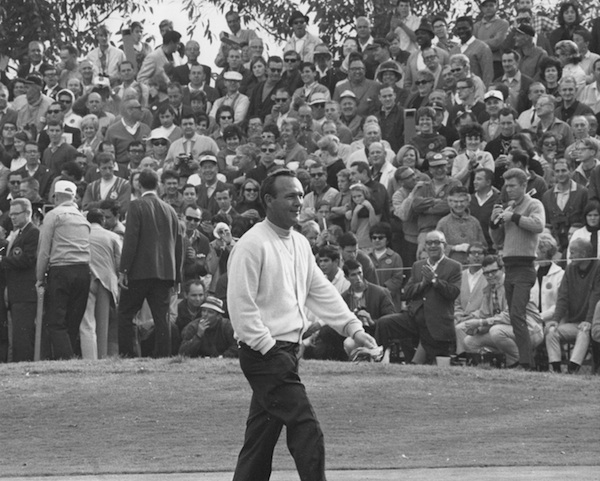
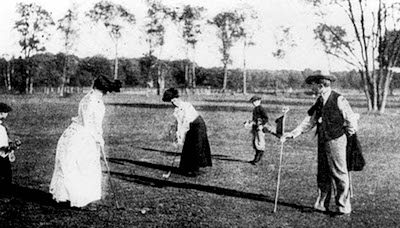

 Twenty three year old Phil Rodgers won the 1962 tournament with a 67-71-68-62 – 268, nine shots in front of the field, and a record low for the L.A. Open’s played at Rancho. (Lanny Wadkins 264 at Riviera in 1985 is the record low for all L.A. Open’s)
Twenty three year old Phil Rodgers won the 1962 tournament with a 67-71-68-62 – 268, nine shots in front of the field, and a record low for the L.A. Open’s played at Rancho. (Lanny Wadkins 264 at Riviera in 1985 is the record low for all L.A. Open’s)